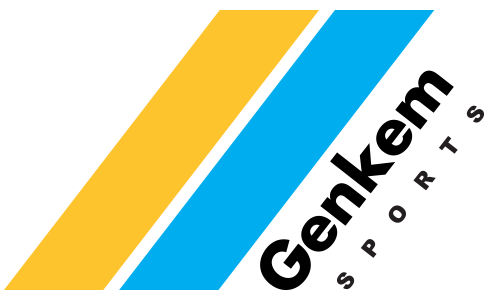Home – TYPES OF SURFACES – ACRYLIC VS CLAY & GRASS SURFACES
ACRYLIC VS CLAY
& GRASS SURFACES
The main three categories are widely used across the world on tennis courts.
The largest tennis tournaments in the world (Grand Slams) also use a variety of these surface types:
– US Open = Hard tennis court surfaces (Acrylic)
– Australian Open = Hard tennis court surfaces (Acrylic)
– French Open = Clay tennis court surfaces
– Wimbledon = Grass tennis court surfaces
HARD COURT SURFACES
ACRYLIC
Hard courts are constructed from asphalt or concrete bases, and usually coated with 100% acrylic colour coating systems.
CLAY TENNIS COURT SURFACES
NATURAL CLAY & FAST DRY COURTS
Clay courts, like grass and synthetic turf, are classified under the “soft court” category. There are a few varieties from natural clay to fast dry court surfaces. Natural clay is a blend of sand and silt, and fast dry courts are made from crushed stone or brick and some form of binder. Both surfaces are installed over a compacted stone base & sub-grade. Clay court surfaces require watering, rolling, and brooming for ideal playing conditions, so they are normally shut down during freezing winter conditions. There are sub-irrigated systems available, as well as the original surface-watered courts. Clay tennis court surfaces play slow with a higher bounce to produce longer rallies.
GRASS TENNIS COURT SURFACES
NATURAL GRASS & SYNTHETIC TURF
The third main category of tennis court surfaces is grass. There are two sub-categories, natural grass and infilled synthetic turf. Infilled synthetic turf is artificial grass that is usually filled with sand. This helps to stand the blades of grass up and provide a solid surface to rebound the ball. Natural grass has a medium dry time, after rain, and synthetic grass dries fast. Both types of grass tennis court surfaces exhibit fast playing conditions with softer playing surfaces under foot. When it comes to grass courts, there is still quite a bit of planning and maintenance required. Natural grass courts need correct soil conditions, water, and the right grass species for the regional environment. Here are some pros and cons when considering grass tennis court surfaces:
